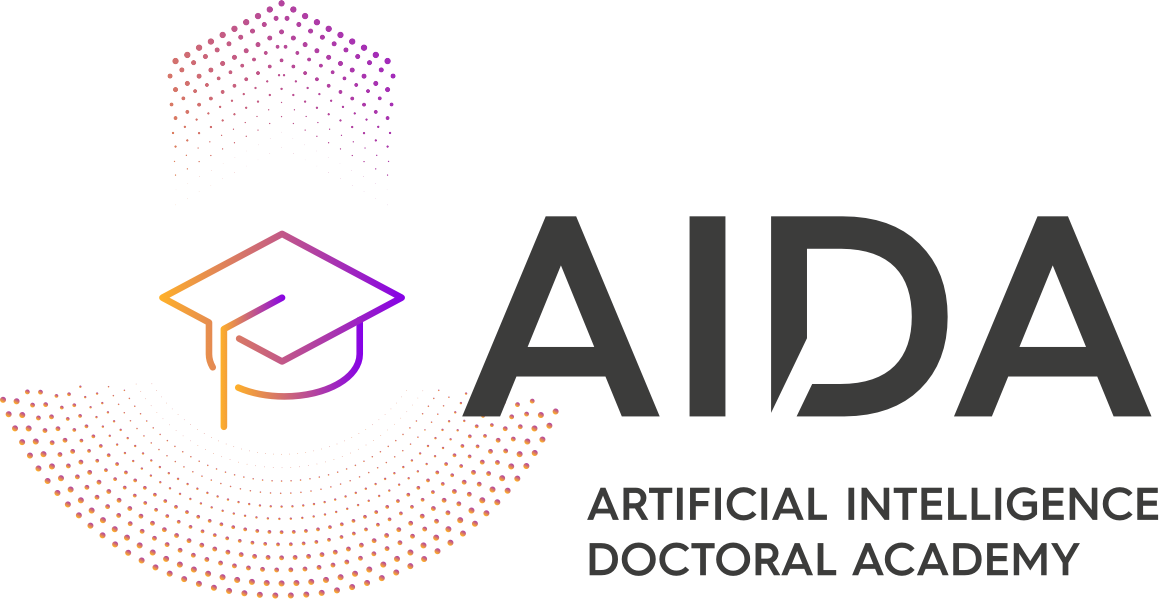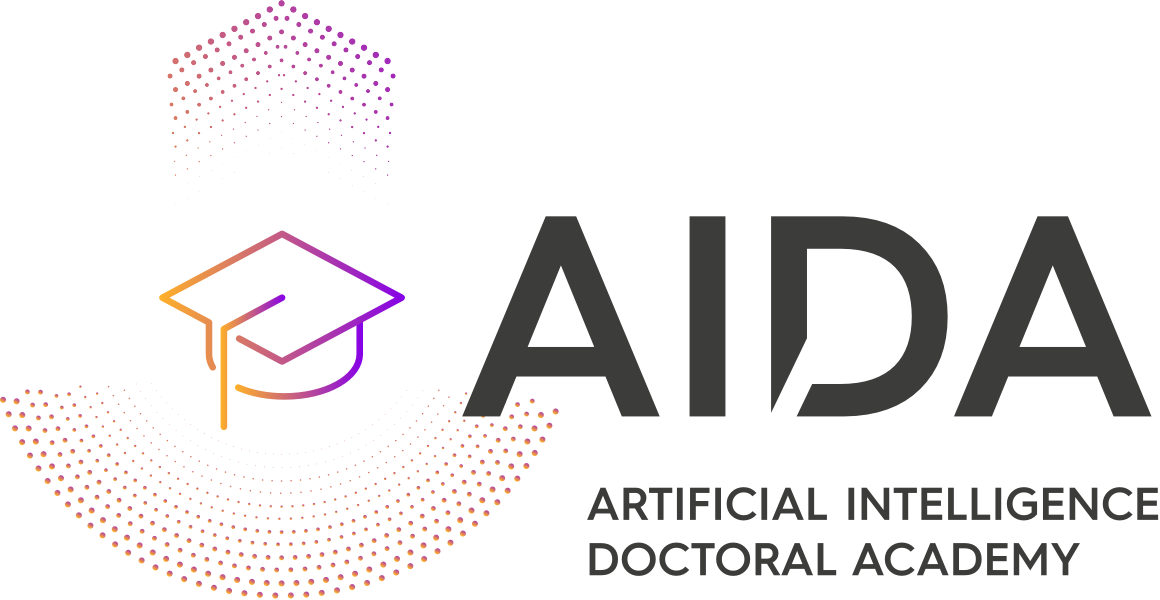Recently, Convolutional Neural Networks (CNNs) have been used for object/target (e.g., face, person, car, pedestrian, road sign) detection with great results. However, using such CNN models on embedded processors for real-time processing is prohibited by HW constraints. In that sense, various architectures and settings will be examined in order to facilitate and accelerate the use… Continue reading Deep Object Detection
Archives: Resources
Resource description
Attention and Transformers Networks
In this lecture, the limitations of Recurrent Neural Networks (RNNs) and Convolutional Neural Networks (CNNs) in effectively processing sequences are emphasized. However, a breakthrough solution known as Transformers is introduced, which addresses these limitations comprehensively. The architecture of Transformers is meticulously described, with a particular emphasis on its fundamental building blocks. These include positional encoding,… Continue reading Attention and Transformers Networks
Convolutional Neural Networks Lecture
Convolutional Neural Networks form the backbone of current AI revolution and are used in a multitude of classification and regression problems. This lecture overviews the transition from multilayer perceptrons to deep architectures. The following topics are resented in detail: Tensors and mathematical formulations. Convolutional layers. Fully connected layers. Pooling. Neural Image Features and their relation… Continue reading Convolutional Neural Networks Lecture
Multilayer perceptron. Backpropagation
This lecture covers the basic concepts and architectures of Multi-Layer Perceptron (MLP), Activation functions, and Universal Approximation Theorem. Training MLP neural networks is presented in detail: Loss types, Gradient descent, Error Backpropagation. Training problems are overviewed, together with solutions, e.g., Stochastic Gradient Descent, Adaptive Learning Rate Algorithms, Regularization, Evaluation, Generalization methods.
1D Convolutional Neural Networks
This lecture overviews 1D Convolutional Neural Networks that has many applications in 1D signal analysis. It covers the following topics in detail: 1D Convolution, 1D CNN Architecture, Convolutional Layer, Fully Connected Layer, Pooling Layers, Activation Functions, Supervised Learning, Classification/Regression, 1D CNN Training, 1D CNN applications (ECG monitoring, Music tagging).
Bayesian Learning
This lecture overviews Bayesian Learning that has many applications in pattern recognition and clustering. It covers the following topics in detail: Bayes probability theorem. Bayes decision rule. Bayesian classification. Maximum A-Posteriori Criterion. Maximum Likelihood Criterion. Normally Distributed Sample Classification. Bayesian clustering.



